Explore Synthesizer Solos on Yoshitaka Minami's Album
Synthesizers are indispensable instruments in today's music scene. As synthesizers have progressed with the times, they have created new functions and sounds, and new sounds have created a new era and new music.
Synthesizers have also been used in various ways as an alternative to the piano and electric piano, and they have contributed to the creation of music.
Once again, this post of Vagabond Synth Nerd’s Journal will feature memorable synthesizer solos in Japanese pop music. The track list will be a collection of Yoshitaka Minami's albums that contain wonderful synthesizer solos.
The Difficulty of Finding a Synthesizer Solo...
In the last issue, we took a look at synthesizer solos in Yumi Matsutoya's music. I like Masataka Matsutoya's arrangements, so my choice was based on that perspective. I have not listened to all of Yumi's songs, but I could not think of any other synth solos in her famous songs that I could focus on other than the three songs I wrote about in the previous article. That’s how few synthesizer solos there are. If anyone knows of any, please let me know (laughs).
Among keyboard instruments, acoustic and electric pianos are the most common. The organ is second in frequency of use. Synthesizers are often used to add flavor to a song, and soloing is even less frequent.
There may be an aspect that a piano or electric piano has a richer solo expression for a keyboardist than a solo on a synthesizer.
There are exceptions, but synthesizers cannot be the main part of music... If you are looking for a synth solo from the pop music category under the harsh conditions, a song where the keyboardist is an arranger or a synthesizer player will give you a hint to find it.
Many of Yoshitaka Minami's song arrangements are by synthesizer players, such as Hiroshi Sato and Ryuichi Sakamoto, and you will hear synth solos and piano solos.
However, guitar solos are far more common in Yoshitaka Minami's songs... (tears).
Perhaps guitar solos between songs are more persuasive and appealing.
■ Recommended album: Yoshitaka Minami SPEAK LOW (1979)
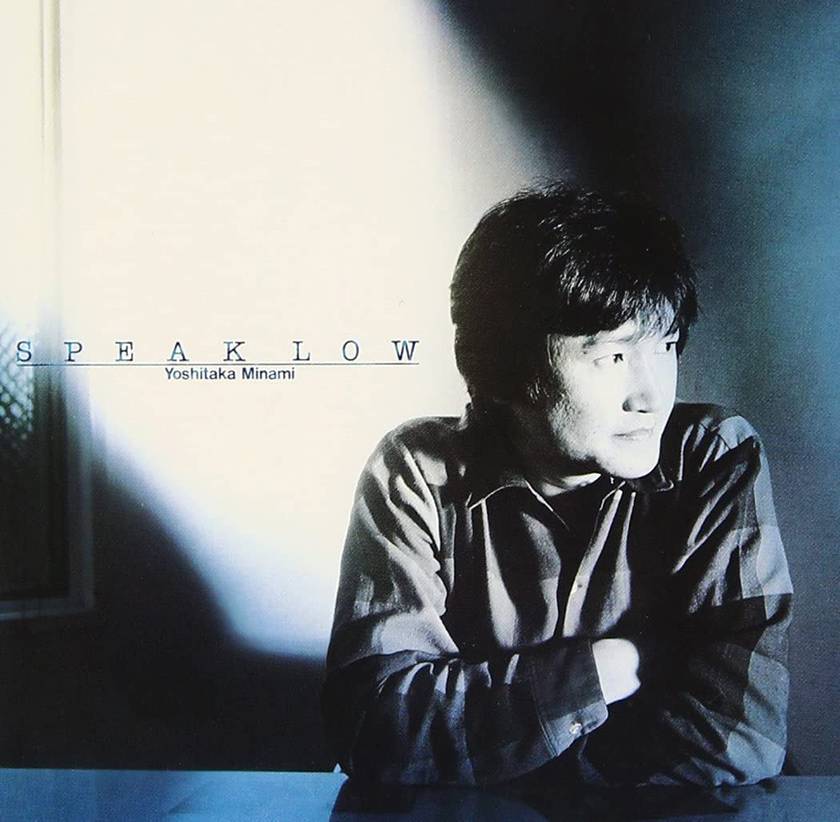
This is Yoshitaka Minami's fourth album that was released in 1979. The smash hit “Monroe Walk” is credited. Hiromi Go covered “Monroe Walk” as “Sexy You” and it became a big hit. Yoshitaka Minami, who was known to enthusiasts but was not a major player in the music industry, was quickly catapulted to the forefront with this album.
Nine of the 11 songs on this album were written by Takashi Matsumoto. This shows the seriousness of Minami's work. The arrangements were done by Japan’s leading keyboardists Ryuichi Sakamoto and Hiroshi Sato, giving the entire album a lively feel.
Recommended song: “Portrait Woman”
This arrangement is a more modern version of the band Little Feat's rhythm. The outro section explodes with a polysynth solo played by Hiroshi Sato. Sound-wise, it seems to be the sound of a Yamaha CS-80.
When I first heard this solo, “All that you dream” from Little Feat Live came to mind. Bill Payne plays a powerful solo on a polyphonic synthesizer over an undulating rhythm. YouTube videos show Bill playing this song on either a Yamaha CS-80 or an Oberheim 4-voice polyphonic synthesizer.
It’s not clear if Hiroshi Sato was inspired by this song or not, but it’s a great performance to remember as a polyphonic synthesizer solo in Japanese pop music.
■ Recommended album: Yoshitaka Minami / PURPLE IN PINK (1999)
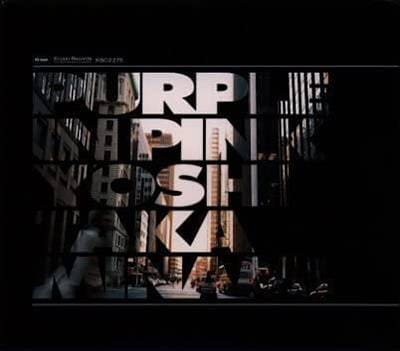
This is Yoshitaka Minami's 19th album that was released in 1999. Yoshitaka Minami reminds us of Latin- and Brazilian-style albums, but this album, as the title suggests, has many sharp-edged songs that remind us of New York City.
Recommended song: “Fuyu no Amerikan Cheri-” (American Cherry in Winter)
Synthesizer, Hammond organ, and Fender Rhodes electric piano play a major role in this song. The synthesizer solo in the outro section is impressive and fades out.
The fat and viscous sound quality suggests the use of Minimoog sawtooth waves. The monophonic nature of the Minimoog is expressed in a really nice way, and the strong application of portamento enhances the affinity with the music and vividly reflects the desolate landscape.
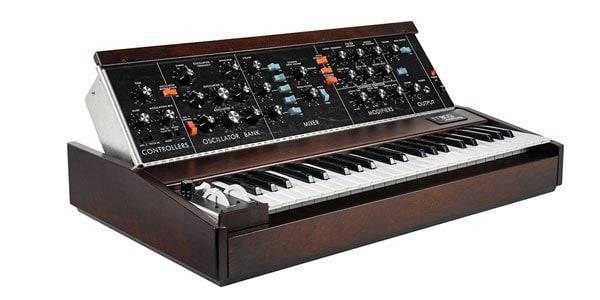
Minimoog Model D
⇒ MOOG / Analog Synthesizer List
■ Recommended album: Yoshitaka Minami / 30th STREET SOUTH (2003)
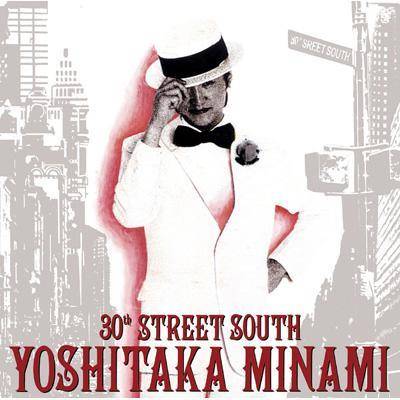
A two-disc best album celebrating the 30th anniversary of Yoshitaka Minami's debut, this album credits such important songs such as “Monroe Walk” and “standard numbers” from albums released from 1973 to 1989.
Another major epoch of this best album is that songs in demand such as “Tropic of Cancer” from the famous album South of the Border have been digitally remastered.
Recommended song: “THE TOKYO TASTE”
A duo single by Yoshitaka Minami and Raj, a much talked-about female singer at the time, released as a 7-inch single in 1978. The sophisticated music can be said to be the origin of J-pop. Yukihiro Takahashi's original song was included in the first album of the Sadistics.
A fine and stylish synthesizer solo can be heard in the interlude of this song.
The sound quality is a bit thinner than that of the Minimoog, so it is considered to be an Arp Odyssey. The synthesizer sound is a sawtooth wave with strong resonance and a unison solo with Hammond organ. 1978 MIDI did not exist yet, so it seems that the written solo was played on either Hammond or Odyssey with the exact same sound, and both were dubbed later.
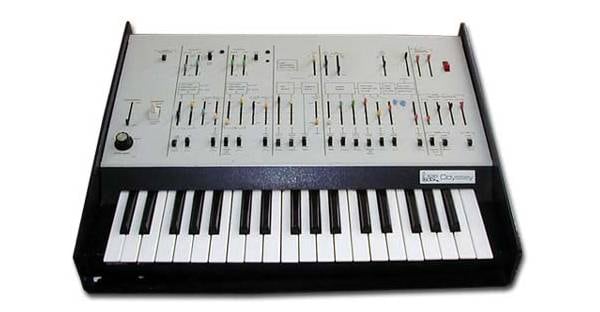
Arp Odyssey, CC BY-SA 3.0 (adapted from Wikipedia)
Musicians, albums, and recommended songs featured in this issue
- Artists: Yoshitaka Minami, Raj, Hiroshi Sato, Ryuichi Sakamoto, Yukihiro Takahashi, etc.
- Albums:Speak Low, Purple in Pink, 30th Street South
- Songs: “Portrait Woman”, “Fuyu no Amerikan Cheri-”, “THE TOKYO TASTE”
The “sound & person” column is made up of contributions from you.
For details about contributing, click here.











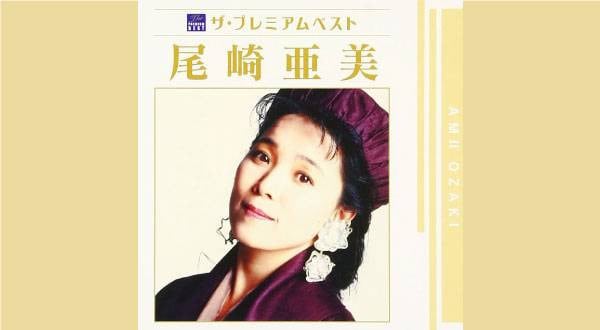
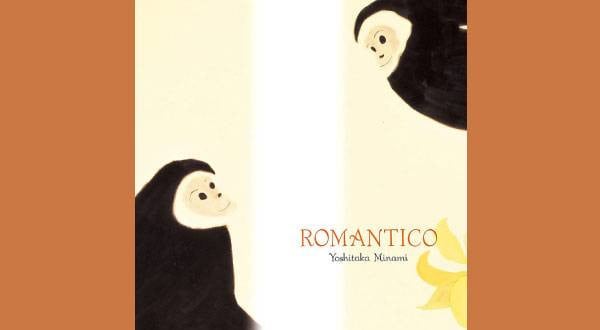
![[2025 Latest Edition] Choosing a Synthesizer/Popular Synthesizers Ranking](/contents/uploads/thumbs/2/2022/9/20220916_2_19446_1.jpg)
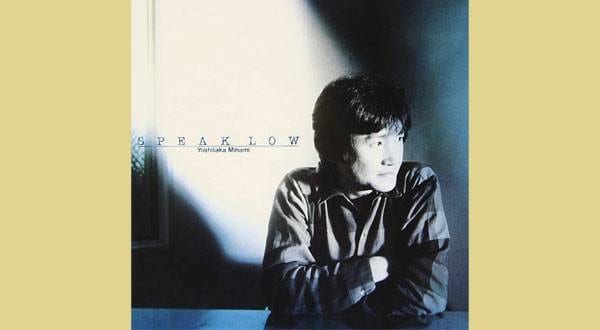
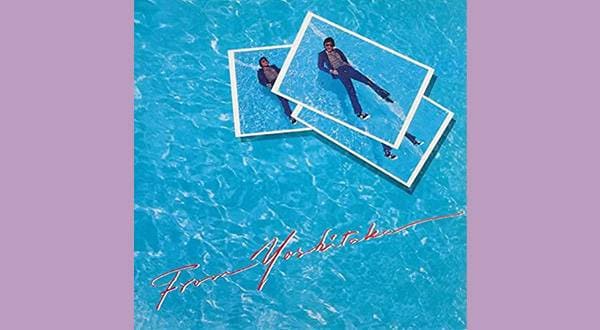

 USB接続対応のMIDIキーボード
USB接続対応のMIDIキーボード
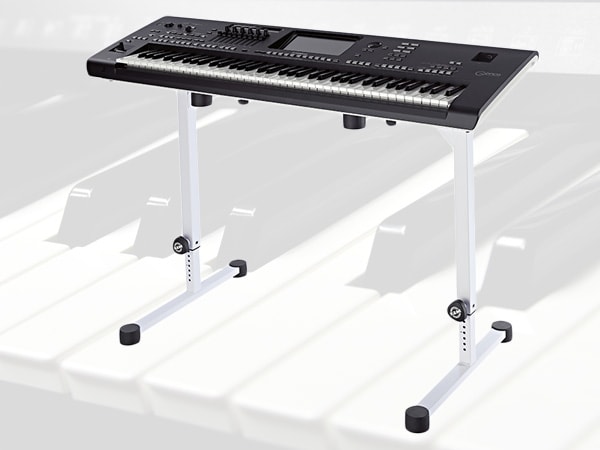 キーボードスタンドの選び方
キーボードスタンドの選び方
 超オススメのフレーズ道場 キーボード
超オススメのフレーズ道場 キーボード
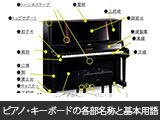 ピアノ・キーボードの各部名称
ピアノ・キーボードの各部名称
 キーボードスタートガイド
キーボードスタートガイド
 キーボード・ピアノ講座
キーボード・ピアノ講座















